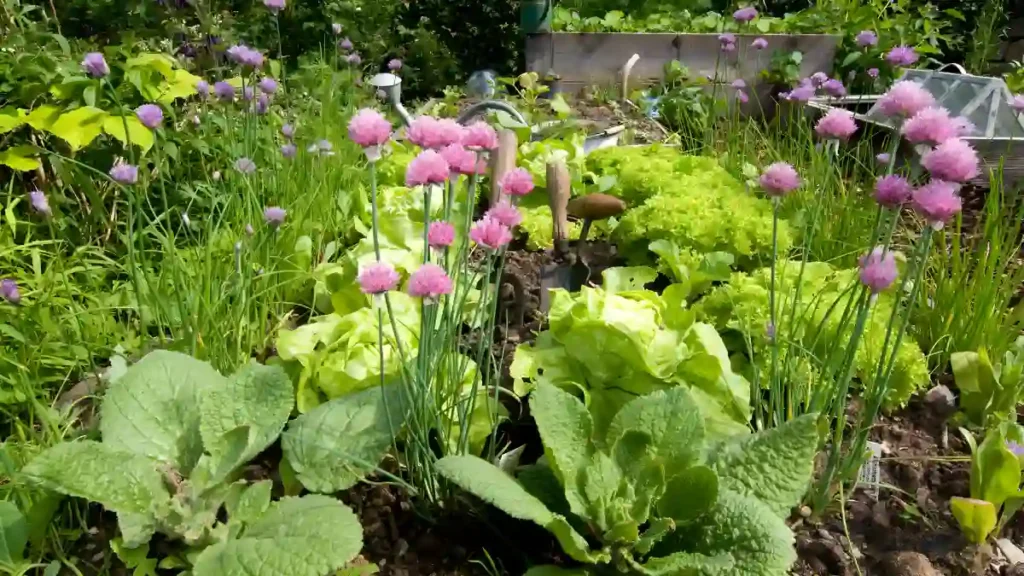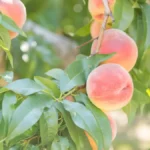There are a variety of vegetables to plant in September, especially those that do well in cooler climates. Hardy plants like radishes, spinach, and kale can be planted in the garden, while root crops like beets and carrots can be grown for late harvest. Leafy greens like lettuce and arugula provide a fresh supply late into the season. The abundance of possibilities makes selecting which vegetables to plant in September easier. Getting your garden ready for these cool-season veggies will guarantee a steady supply of wholesome, organic produce all fall.
How and where to plant vegetables in September:
In September, plant cool-season crops like kale, lettuce, spinach, and radishes in sunny, well-drained spots, using raised beds or containers, compost, and rows for fertility, maintain damp soil with mulch, and consider frost protection.
While certain crops may prefer to be started indoors and moved outdoors later, many may be seeded directly into the ground to yield a harvest throughout the winter. 8 vegetables to plant in September are examined in detail, along with recommendations on when to sow them inside or outdoors.
We’ll look at the best vegetables to plant in September:
1. Spinach
September is ideal for spinach cultivation, as it thrives in cold temperatures and can withstand minor frosts. Sow spinach seeds directly into the ground, ensuring good drainage and sun exposure. Planting spinach in September allows plants to establish before winter weather arrives.
- Growing tips: For best development, place seeds 2-4 inches apart. To stop root rot, water regularly but don’t overwater. When the outer leaves ripen to a desired size, harvest them so the interior leaves may keep developing.
2. Kale
Kale, a nutritious vegetable, thrives in colder climates and can tolerate frost, enhancing its sweetness. It can withstand winter and continue producing fresh greens long after the first frost.
- Growing tips: Sow seeds or transplants of kale in either full sun or moderate shade. Plants should be spaced 12 to 18 inches apart to provide enough ventilation. Yellowing leaves should be removed regularly to maintain plant health.
3. Radishes
Radishes, a fast-growing vegetable, are ideal for planting in September for quick harvest before winter. They develop in 30 days and thrive in cold weather, making September the ideal time for optimal growth.
- Growing tips: Radishes should be seeded straight into the ground, one inch apart. Water the soil periodically to keep it wet but not waterlogged. For optimal flavor, harvest when the roots are around 1 inch in diameter.
4. Lettuce
Lettuce, a versatile and easy crop to raise, thrives in colder fall months. It can be grown as butterhead, loose-leaf, or romaine lettuce, and its quick growth allows for multiple harvests in September.
- Growing tips: Plant lettuce seeds in a lot of organic matter-rich, well-drained soil. Depending on the cultivar, space seedlings 6 to 12 inches apart. When necessary, gather the outer leaves, or hold off until the entire heads form.

5. Carrots
As a root vegetable, carrots benefit from the fall’s lower temperatures. Carrots taste best when planted in September because the chilly temperature enhances their flavor. Although they take a little longer to grow, if given the right care, carrots may be harvested far into the late fall and early winter.
- Growing tips: Plant seeds ¼ inch deep in well-prepared, rock- and clump-free soil. After seedlings are a few inches tall, thin them to 2–3 inches apart. To guarantee straight, delicate roots and to stop breaking, keep the soil continually wet.
6. Beets
Beets, a root vegetable suitable for September’s chilly weather, are easy to grow, suitable for both roots and leafy greens and can mature fully before winter arrives. They are also resistant to ice and can enhance their flavor.
- Growing tips: Directly sow 1 inch apart and ½ inch deep seeds into the ground. For best development, thin seedlings to 3–4 inches apart. For optimal flavor, harvest when roots are between one and three inches in diameter.
7. Garlic
Garlic, despite being classified as a bulb, is commonly grown in vegetable gardens and is best harvested in September for a heavy crop. It requires a long growth season and can be planted in fall.
- Growing tips: Garlic cloves should be planted in rich, well-drained soil, two to four inches deep and spaced apart. To shield the cloves from the cold, cover them with a lot of mulch. When the tops of the garlic start to turn yellow and collapse in early July, harvest it.
8. Broccoli
As a cool-season crop, broccoli thrives when planted in September. Fall is its prime growing season due to the chilly temperatures that encourage dense, delicious heads. Since broccoli can withstand mild frosts, it’s a great choice for a longer harvest over the winter.
- Growing tips: Plant broccoli 18 to 24 inches apart in healthy, well-drained soil. Water often maintains an equal moisture content in the soil and promotes healthy head production. For optimal flavor and texture, harvest broccoli heads before the buds open.
Conclusion:
A good autumn garden with veggies that can tolerate lower temperatures and even frost may be had by planting in September. These 8 vegetables to plant in September will provide a plentiful yield far into the cooler months!
Certainly! If you’d like to learn more, please consider following our WhatsApp Channel: Harvest Gardening
A frequently asked questions:
Q1: What vegetables to plant in September in Zone 7?
A1: Cool-season vegetables including spinach, kale, lettuce, radishes, and carrots can be planted in September in Zone 7.
Q2: What are the best vegetables to plant in September?
A2: In September, plant leafy greens, root crops like carrots and radishes, turnips, broccoli, and cauliflower, depending on your climate, to grow in milder climates.
Q3: What vegetables to plant in september in southern California?
A3: In Southern California, cool-season crops including lettuce, carrots, broccoli, cauliflower, and spinach can be planted in September. These flourish in the temperate fall weather.



